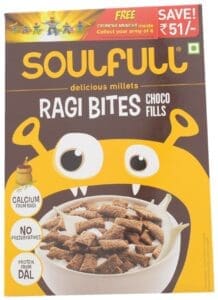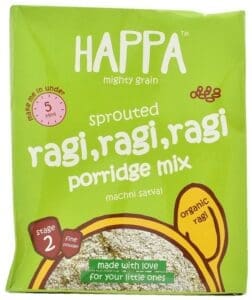-
Articles + –
The untapped potential of roasted chickpea flour as a plant protein
Chickpea flour, known as sattu in India, is said to have originated in rural regions of East India where it is a household staple, especially among lower socioeconomic classes, and people have depended on it as an affordable source of energy.
Today, sattu is popular in rural India as a healthy ingredient thanks to its multi-faceted nature given that it is high in protein, fibre, vitamins and minerals and diabetic-friendly due to its low glycemic index.
However, sattu’s popularity is limited to consumers in East India. Those elsewhere in the country lack awareness about its uses and benefits.
Repositioning sattu as a protein-rich ancient legume
Mintel Trend ‘Patriot Games’ reveals how consumers are taking pride in traditional methods and going deeper into their roots. Given modern fast-paced lifestyles, consumers are increasingly seeking comfort, and this has fueled enthusiasm not only for ethnic flavours but also for local, traditional ingredients. With this trend, brands have an opportunity to introduce sattu to a broader audience.
In fact, there is an uptick in the use of local Indian ingredients such as millet, amaranth and jaggery in the packaged food and drink space. Here, sattu has the potential to ride this trend. Mintel Global New Products Database (GNPD) reveals that since 2016, there have been very few product launches containing sattu as an ingredient.
Companies can use sattu in multiple ways similar to the way ragi (finger millet) has been creatively incorporated into packaged food products.

This ready-to-eat vegetarian product is made from nutrient-rich ragi mixed with cocoa and filled generously with delicious chocolate flavoured cream. It contains calcium from ragi and protein from dal, and claims to have no added preservatives and is best served with cold milk.

This product is described as 100% organic ragi based porridge and is said to be free from trans fat, added flavour, colour, GMO, additives, and preservatives. Suitable for infants, it claims to be a rich source of calcium and contains plenty of natural iron, and fibre to make babies feel full.
What we think
Sattu has the potential to see success in multiple product formats, including cooling drinks, ready-to-drink (RTD) energy drinks, and ready-to-eat (RTE) snacks and cereal bars.
Sattu’s high-protein credentials can be leveraged to appeal to increasingly health-conscious consumers. The versatile ways in which sattu can be used have not been explored enough by packaged food and drink manufacturers. They should look to reintroduce sattu in mass categories like snacks, RTD beverages and ready-to-cook offerings such as idli/dosa batters and premixes for Indian desserts (sattu laddoos).
Finally, companies and brands can play up sattu’s traditional significance as an ancient pulse and build a story around its rustic heritage to help consumers identify the various sources of plant-based proteins.

Natasha is Mintel’s Food & Drink Analyst based in Mumbai. She is responsible for analysing and providing insights on India’s food and drink market.
-
Mintel StoreGet smart fast with our exclusive market research reports, delivering the latest data, innovation, trends and strategic recommendations....View reports
-
Mintel LeapMintel Leap is a revolutionary new AI-powered platform that will transform your research process....Book a demo







































